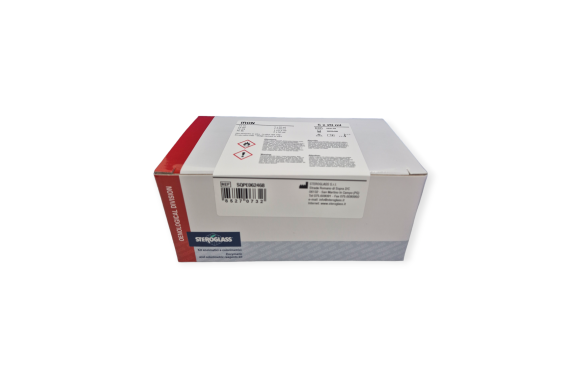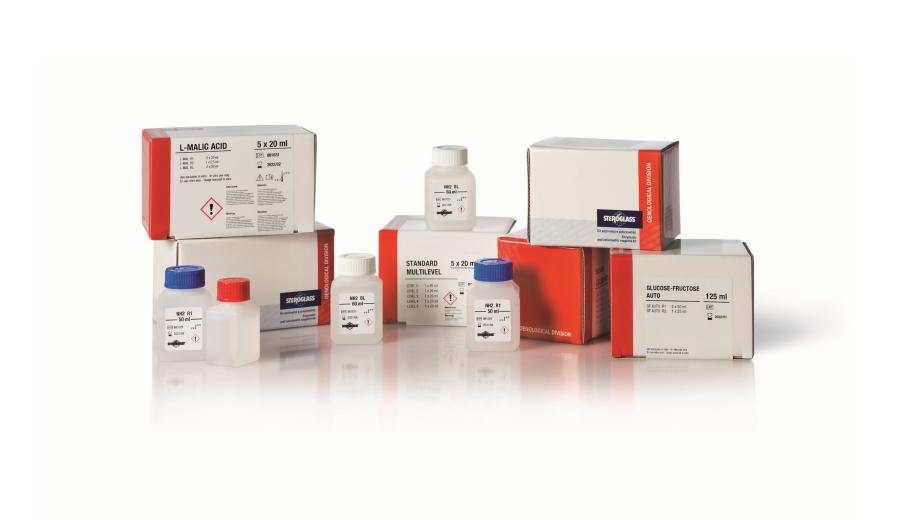Iron Kit
Contact our expert for more informations.

Wine contains trace iron in the mg/l range. It is naturally present in grapes, but is often found in wine due to contamination from the vineyard or the cellar, such as tools or uncured concrete tanks.
The monitoring of iron, especially bivalent (2+) iron, is absolutely instrumental in understanding and counteracting oxidative phenomena mainly by 'chemical pathways' in wine. This oxidative process begins with the oxidation of polyphenols, especially ortho-di-phenols, resulting in the production of quinones. O2 does not react directly with the phenolic compounds until this limitation is overcome by the progressive addition of a single electron, which can be provided by reduced transition metal ions, particularly bivalent iron. This sequential electron transfer leads to the formation of free radicals with extremely oxidising power, which begin to oxidise organic wine molecules depending on their concentration; ethanol in primis.
Technical features
READY TO USE: Liquid and easy to use.
PRECISION AND SPECIFICITY: Characterized by high specificity, they provide accurate and repeatable data.
LOW COSTS AND LONG SHELF LIFE: Minimal cost per test and a long shelf life (average 24 months).
FAST ANALYSIS: Allow for quick and reliable results (up to 300 tests/hour), especially when used with automated instruments like our HYPERLAB series analyzers.
SIMPLE AND ECONOMIC CALIBRATION: It is possible to use single-method and/or multi-parametric calibration/verification standards. The determination of the Blank is performed automatically every 12 hours with the Hyperlab analyzers.
METHODS APPROVED BY INTERNATIONAL STANDARDS: Numerous enzymatic methods have been approved and validated by international organizations such as:
ISO (International Standardization Organization)
AOAC (American Association of Analytical Chemists)
IFU (International Federation of Fruit Juice Producers)
OIV (International Wine Office)
IDF (International Dairy Federation)
EBC (European Brewery Convention) and many others.
STERGLASS ENZYMATIC AND COLORIMETRIC KITS
Enzymatic and colorimetric kits are widely used in quality control for the main analytical determinations of a variety of food products such as fruit juices, wine, beer, dairy products, eggs, meat, and for the monitoring of fermentation processes carried out by microorganisms for the determination of sugars, organic acids, and other components such as sulfites, phenolic compounds, and metals.
Based on high-quality purified enzymes, enzymatic analysis allows for precise, highly accurate, and repeatable measurements, even in complex matrices. The absorbance variation, measured spectrophotometrically as a result of enzymatic transformations, is closely correlated with the concentration of the various analytes sought.
Applications
Product codes
| Steroglass code | Description | N° analyses |
|---|---|---|
| SQPE062468 | Iron Kit 5x20 | manual 50/100 ; automatic 200/300 |
